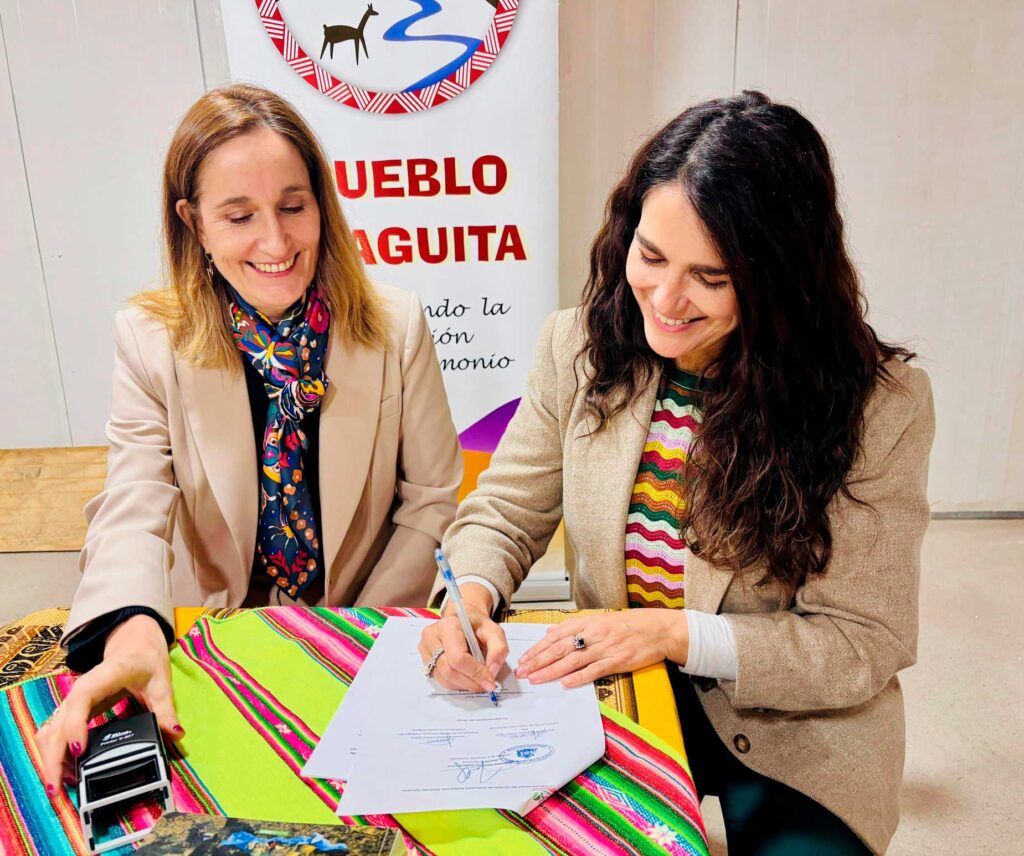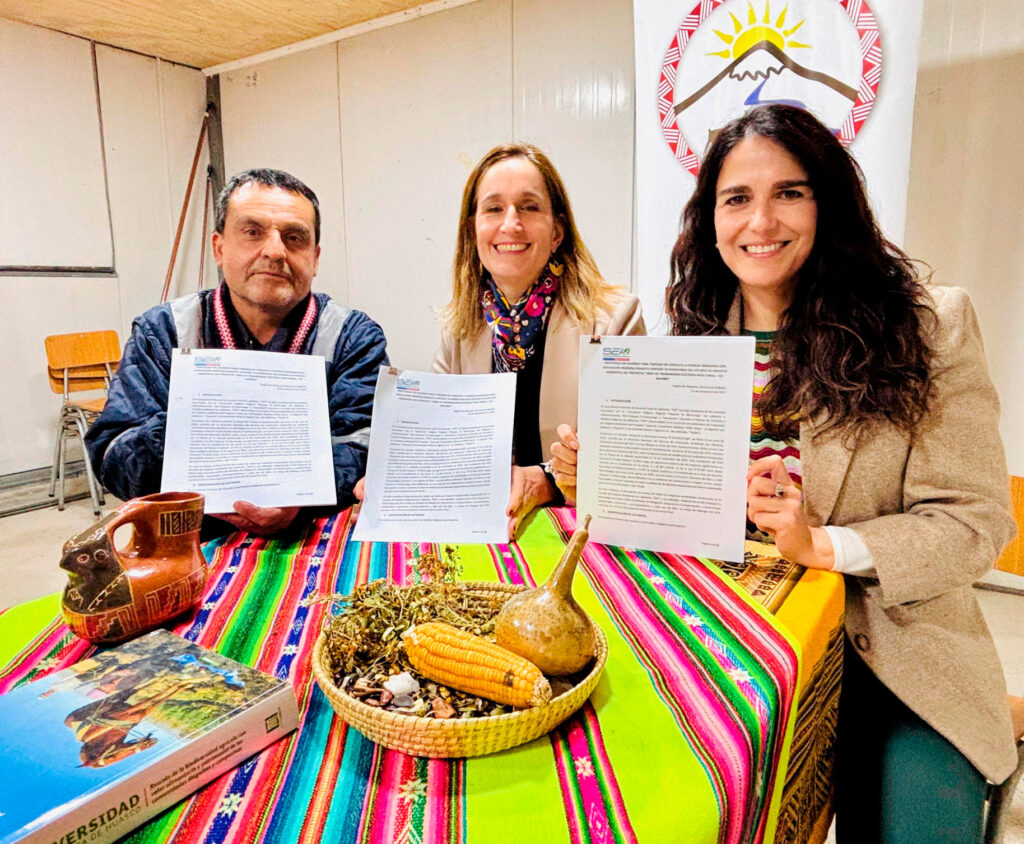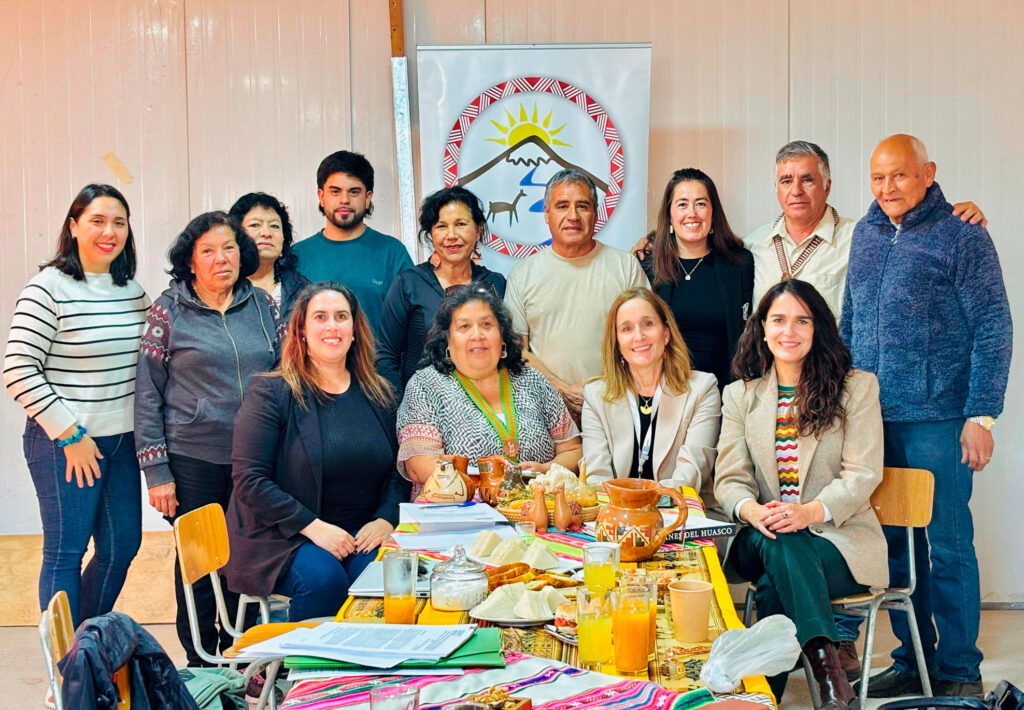After 470 days, the Environmental Assessment Service successfully concluded the Indigenous Peoples Consultation Process (PCPI) for the Environmental Impact Assessment (EIA) of the Kimal – Lo Aguirre HVDC Power Transmission Line project.
The process culminated with the signing of all the final agreement protocols with the seven indigenous communities that were consulted along the 1,342-kilometer transmission line route, marking a milestone in the development of energy projects in compliance with the Chilean State’s obligations to consult with indigenous peoples.
The executive director of the SEA, Valentina Durán Medina, led the conclusion of the indigenous consultation process, which formally began in June 2024. During this period, an intercultural dialogue was developed with Diaguita communities, guided by the principles of good faith, respect, and effective participation.
“The process was agile, rigorous, transparent, and respectful of the rights of indigenous peoples. We are proud to have reached agreements with all participating communities, incorporating voluntary environmental measures and commitments that improve the project, with the participation of the company,” Durán said.
Throughout the evaluation, seven human groups were consulted regarding significant impacts. The participants were the Diaguita Los Morteros Hijos del Valle Indigenous Community; the Diaguita Cultural, Heritage, and Transhumance Mishqui Guintui Cachiyuyo Indigenous Community; the Diaguita Chipasse Te Sacha Indigenous Community; the Diaguita Cachina Las Pintadas Indigenous Community; the Chipasse Ta Ko de la Posada Community; the Chipasse Ta Maricunga Indigenous Association; and the Diaguita Chipasse Ashpa Indigenous Community.
The process was carried out in accordance with ILO Convention 169 and the Regulations of Law No. 19,300, ensuring the informed participation of potentially affected indigenous peoples. The agreements reached with the groups include a management plan for the enhancement of a site of cultural significance and a productive and cultural support plan for the promotion of livestock farming, considering the proximity of construction activities to sites of relevance to these groups.
Voluntary environmental commitments were also established, both across the board for all participants in the agreement—through a permanent community relations program that maintains the link with the owner—and specifically with the communities directly involved in the process. These commitments seek to highlight their economic and traditional activities, improve their infrastructure conditions, and support the preservation of their traditions and culture, recognizing and valuing their ways of life and customs.
Gilberto Álvarez, president of the Diaguita Territorial Council of the Huasco Valley, appreciated the experience: “It was a smooth consultation. People were satisfied with the achievements and all doubts were clarified. The company was willing to understand our customs, which led to a pleasant and respectful interaction.”
On behalf of the Conexión Kimal–Lo Aguirre company, Carola Venegas, Sustainability and Public Affairs Manager, stated that “this process not only allowed us to reach agreements, but also to establish a long-term relationship with the communities. Today, the project is integrated as just another neighbor in the territories it crosses.”
Background of the process
The Environmental Impact Study was submitted to the SEIA in October 2023. Previously, in 2022, the company had initiated an early public participation process. During its development, the project incorporated information from 63 anthropological studies to assess potential cultural impacts.
Initially, the consultation was directed at four communities, but in March 2025, three more were added due to modifications to the project.
It is worth mentioning that Indigenous Consultation is a mandatory requirement when a project may directly affect indigenous peoples. This process seeks to protect their rights, recognizing their cultural and social diversity and ensuring their real participation in decisions that affect them.
With the conclusion of the consultation process with indigenous peoples, the environmental impact assessment of the project, which involves an investment of USD$1.48 billion, is entering its final stages.


